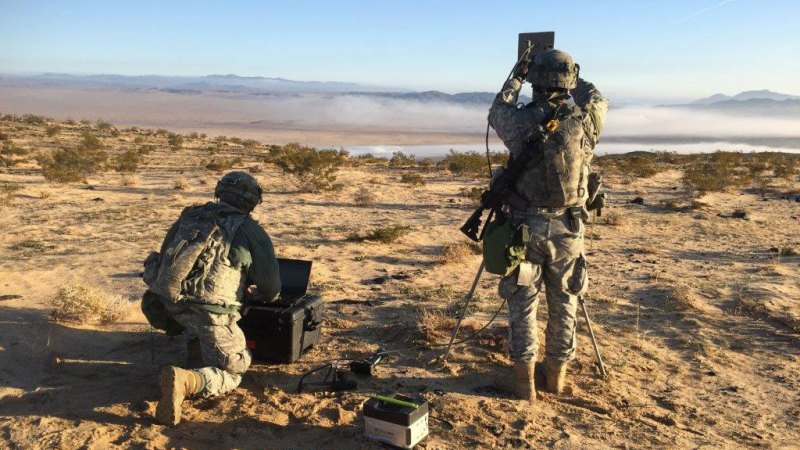
The Deputy Commanding General for the U.S. Army’s XVIII Airborne Corps, Brig. Gen. John Cogbill, on Wednesday detailed the command’s effort to become “the Army’s first AI-enabled corps” – a directive given to the unit in 2020 under former Commander Gen. Michael Kurilla.
The XVIII Airborne Corps dates back to 1942 and is designed for rapid deployment anywhere in the world.
Cogbill – who was reassigned to the XVIII Airborne Corps in June – explained the evolution of Scarlet Dragon – an exercise started in 2020 that leverages AI to complete a digital target pass – during his afternoon keynote session at AFCEA International’s TechNet Augusta 2024 on Aug. 21
“This was initially just a fires exercise using broad area surveillance targeting – so being able to ingest data, run some AI [and] machine learning on it to identify potential targets, and then digitally pass those targets to a shooter thereby shortening a kill chain,” Cogbill said, adding, “we’re using Maven Smart System.”
Cogbill explained that Army’s XVIII Airborne Corps’ former commander considered the Scarlet Dragon exercises “innovation with purpose” and “innovation out of necessity.” Due to the adoption of long-range sensors, the Army needed the ability to conduct deep sensing and deep targeting.
The corps’ first Scarlet Dragon exercise took place in December 2020, and it took 743 minutes to complete a digital target pass, Cogbill said. Today, nearly four years later, the corps has been able to leverage the Scarlet Dragon exercise to digitally pass targets in under a minute.
Cogbill said the corps completes a Scarlet Dragon exercise nearly every three months, and over the years has partnered with other military branches – including the Marines, Air Force, and Coast Guard.
“This is not a sanctioned exercise by the Army, by the Joint Force – this is come as you are. It’s a pickup game,” Cogbill said of the early iterations of the exercise. “We’re having to leverage existing assets and units that share that common vision of wanting to train, wanting to get better.”
Cogbill said that in January and February of last year, Scarlet Dragon was introduced to the Defense Department’s Chief Digital and AI Office (CDAO) and its Global Information Dominance Experiments (GIDE).
Bringing Scarlet Dragon up to the CDAO level allowed the department to see the gaps between the combatant commands, and “the opportunity in terms of vertical integration and being able to pass a target … from a [Joint Task Force] all the way up to the joint staff, the SecDef, or to the president,” Cogbill said. “That’s what CDAO brought.”
“They also brought money because they were paying for these exercises and they wanted us to continue the learning,” he said. “So, we were able to continue and keep our licensing so that we can do these iterations.”
“That continues today,” Cogbill said. “It’s a NATO exercise. We’re participating, working on the digital target passing, working in our data on our interoperability with partners.”
Scarlet Dragon efforts continue, with an experiment scheduled for next month and a series of events throughout 2025, Cogbill said.
The system is also expected make its large-scale Pacific debut during the Yama Sakura training exercise in late 2026 – a U.S.-Japanese military command post exercise.
“Every 90 days, they’re testing those algorithms, and they change them, and they go back to the tech companies, and they ask them to retool them,” Cogbill said. “We have a baseline from where we started in 2020, and every 90 days, we have another notch, another baseline to measure to. And every time we get better, but we can never take that for granted and we know we always have to have a human in the loop.”
He continued, “Everything we’re doing right now has a human loop, to be that override if the AI starts to stray.”
